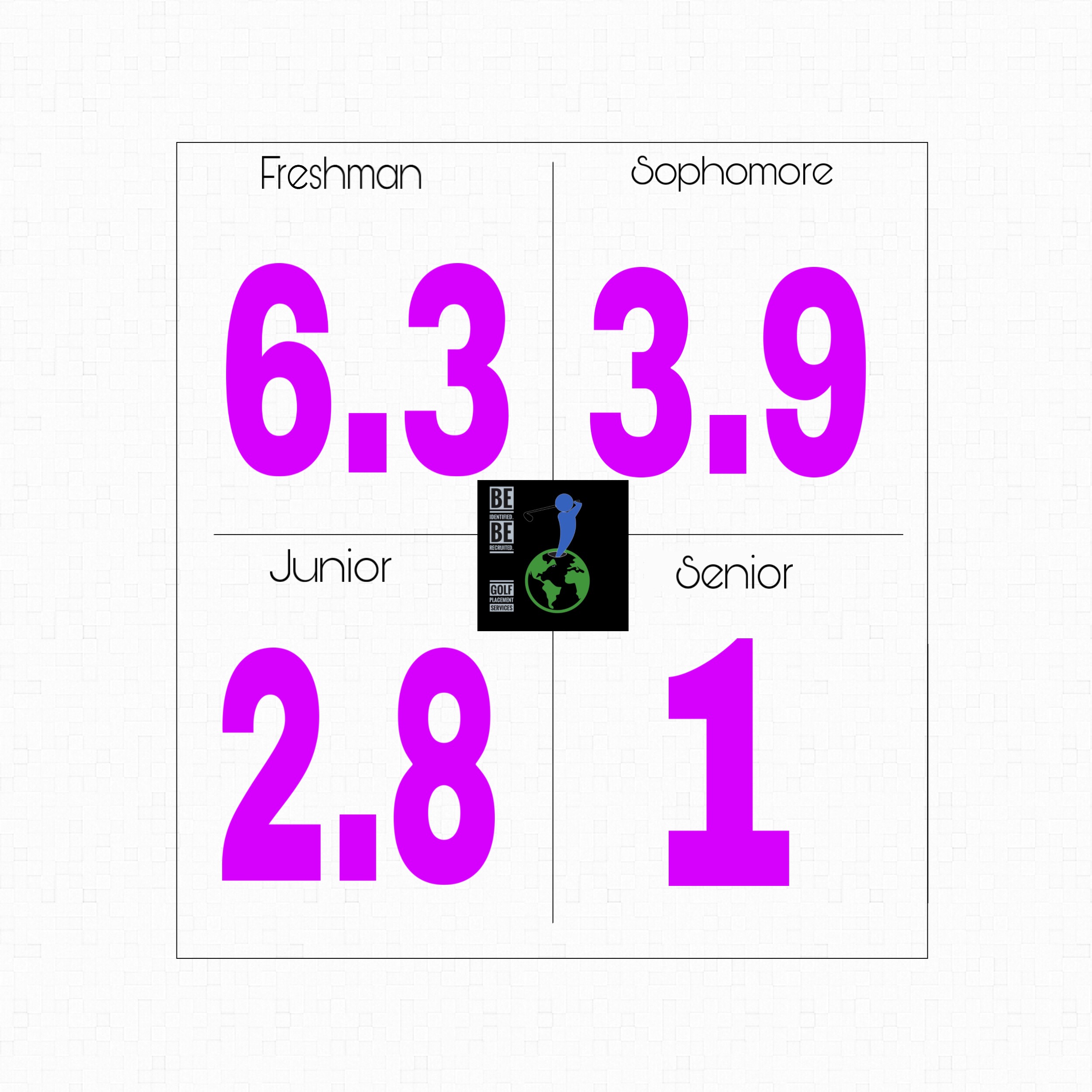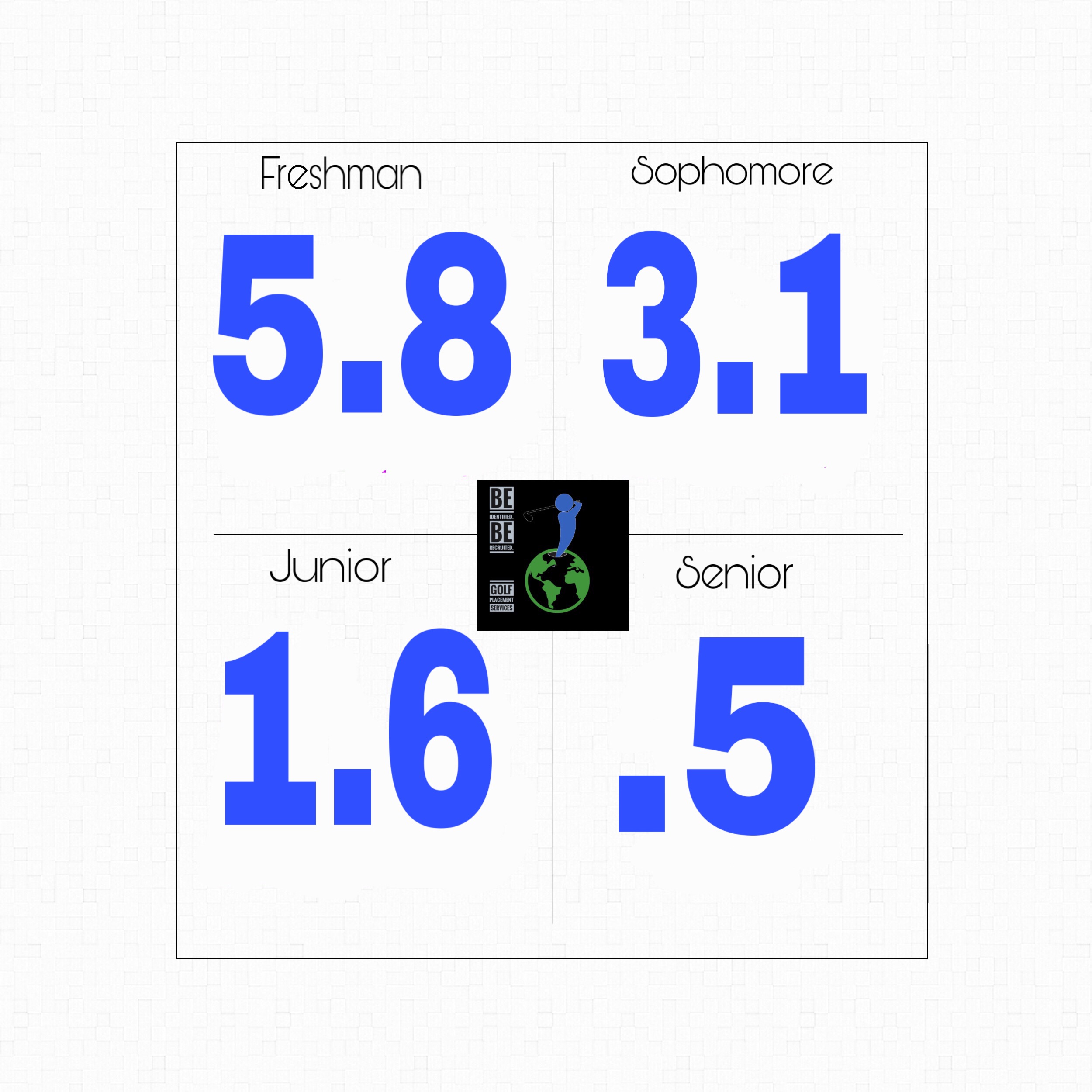IMPROVE MY GAME
Articles
How To Encourage Long Term Athletic Development In Junior Golfers
Last week, Brad Faxon tweeted an article from the Wall Street Journal about the state of youth sports.
Great article by @JasonGay. Years ago @MyTPI showed us the damage of early specialization. More kids are bailing early on organized sports—undone by the pressures, financial hurdles, or injuries. @JasonGay writes, “Youth sports in America needs a reset.” https://t.co/XVL1Xhwej0
— Brad Faxon (@BradFaxon) August 23, 2019
The theme of the article echoed a longtime TPI tenant that athletic development, multi-sport participation and FUN should be a priority in junior programs.
The article - written by Jason Gay - was excellent. If you don’t have access to the WSJ, here are a few excerpts:
The statistics are troubling. A survey conducted by the Aspen Institute and the Utah State Families in Sports Lab found that overall youth team sports participation in the U.S. is in decline—just 38% of kids are playing team sports today, down from 45% a decade ago. The average kid is quitting youth sports after less than three years—at age 11.
Maybe a drop from 45% to 38% isn't cause for panic, but the last line is pretty chilling. Burnout is real. Making sports too serious too young doesn't just discourage participation, it can discourage success.
The game-changers in all of this are parents. They think they understand what athletic development looks like, but they don’t really know. They don’t know about the value of free play in developing creativity. They don’t fully appreciate the value of playing multiple sports…as a way of developing skills that are going to make you better in a different sport.”
- Tom Farrey
If we're prioritizing winning over athletic development, we aren't setting kids up for long-term success. Dr. Rose and Dave Phillips addressed this in a recent TPI LIVE.
This should not suggest that competitive Junior golf won't help a young golfers development or offer a viable path to collegiate or professional golf. If approached correctly, it absolutely can. Browse the leaderboards of the US Kids World Championships over the last 20 years and you’ll recognize a number of golfers who played in college and a few who are succeeding on the PGA TOUR. Grayson Murray, Beau Hossler, Brad Dalke, Andy Zhang and Colin Morikawa all recorded top 10 finishes in the 12 year old boys division between 2006 and 2011. In 2003, a 10 year old from Goshen, KY named Justin Thomas finished 10th.
If we’re [playing competitively] to give our kids experience on what it’s like to play in a tournament and the fun of a tournament and addict them to the sport, I’m all in! If everything we do in our development and training is to win that tournament, I’m all out!
- Dr. Greg Rose
One of the challenges of pursuing a golf scholarship is the pressure to begin posting good scores at a young age. It can encourage parents (and coaches) to push kids to early specialize. The following is provided by Brendan Ryan of College Placement Services:
Are you good enough at golf to get a scholarship to a Division I University? Are you on a developmental path that will have you ready to play college golf? As a parent, do you really know how good your kid needs to be? Or, if they even have a chance of making it to Division I golf? How do you know? Do you know the key benchmarks for junior golfers in pursuit of a golf scholarship?
I have found that one of the most confusing parts of the recruitment process for prospective student athletes and their families is finding accurate milestones for junior golfers in pursuit of college scholarships. I processed approximately 2000 data points which included scoring from junior golf tournaments, as well as data from college signees to try to shed some light on how good do you really need to be.
Here’s what I found:

The numbers in these diagrams represent the scoring differential, each year, for the average player who will go on to play Division I Golf.
Some obvious observations are:
1. Boys and girls, on average, shoot lower scores on average every successive year of high school.
2. Standard deviations are greater during freshman year, approximately 5 shots for girls and 2.5 shots for boys, compared to senior year. This means that if you are young and off track, you have time to catch up.
3. It’s hard to get a lot better in a year, on average - especially at this level - and you have to work really hard to improve even a little.
